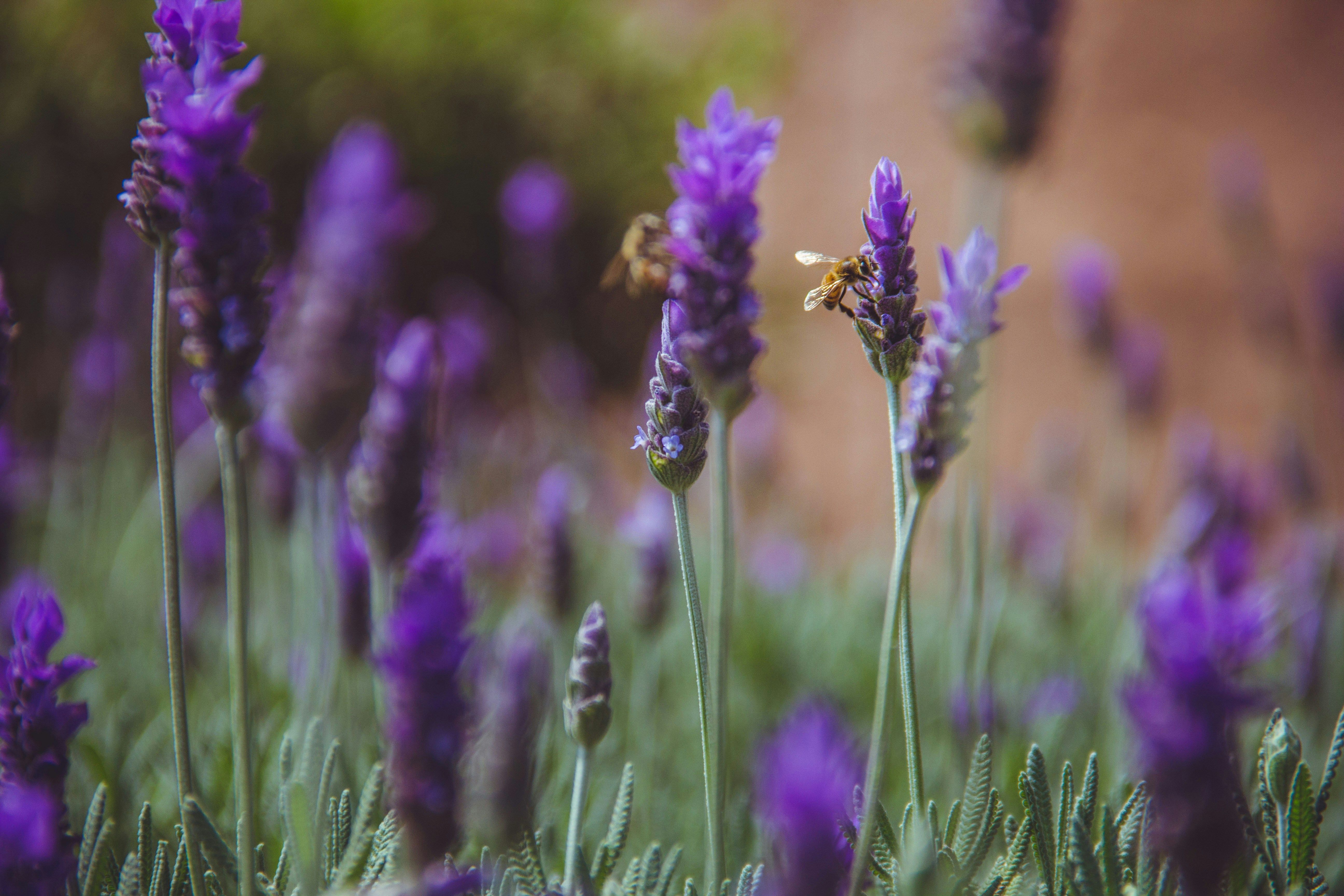Summer is the perfect time to reconnect with nature and make a positive impact on the environment in your own back garden. Rewilding, the practice of restoring natural habitats and supporting native species, is an excellent way to contribute to the health of local ecosystems. At LettsSafari, we’re passionate about helping you make the most of your time outdoors while giving back to nature. Here are our top 5 home rewilding tips for summer:

One of the simplest ways to support local wildlife is by transforming your garden into a haven for native species. Start by planting native flowers, shrubs, and trees that provide food and shelter for birds, insects, and small mammals. Avoid using pesticides and herbicides, as they can harm beneficial insects like bees and butterflies. Adding a small pond or water feature can also attract amphibians and provide a vital water source during hot summer days.
Insects play a crucial role in maintaining healthy ecosystems, and building a bug hotel is a fun and educational way to support them. Use natural materials like wood, bamboo, and leaves to create a structure with various nooks and crannies for insects to shelter in. Place your bug hotel in a quiet corner of your garden or local green space, and watch as bees, beetles, and other beneficial bugs take up residence.
Traditional lawns require a lot of maintenance and provide little benefit to wildlife. Consider rewilding a portion of your lawn by letting the grass grow longer and allowing wildflowers to flourish. This will create a mini-meadow that supports pollinators like bees and butterflies. You can also add a mix of native wildflower seeds to boost biodiversity and create a vibrant, colourful space that attracts a variety of insects and birds.
Wildlife corridors are essential for connecting fragmented habitats and allowing animals to move freely between them. You can help create these corridors by ensuring your garden or outdoor space is accessible to wildlife. Plant hedges instead of installing fences, or cut small holes in your fence to allow hedgehogs and other small mammals to pass through. If you live in a more urban area, consider working with your neighbours to create a network of green spaces that benefit the entire community.
Joining local rewilding efforts is a great way to make a bigger impact and connect with like-minded individuals. Or even better, sign up for LettsSafari! Subscribe to our digital platform to get rewilding know-how, and for every 10 subscribers we plant a tree a year, for every 100 we release an endangered animal a year and for every 10,000 we open a new rewilding safari park! Plus, you’ll gain valuable knowledge and experience that you can apply to your own rewilding activities.

Rewilding is a rewarding way to connect with nature and contribute to the health of local ecosystems. Whether you’re transforming your garden into a wildlife sanctuary or participating in community projects, every small action can make a big difference. This summer, take the opportunity to embrace rewilding and support the incredible diversity of life that surrounds us. At LettsSafari, we’re here to inspire and guide you on your journey to rewilding success. Subscribe today!